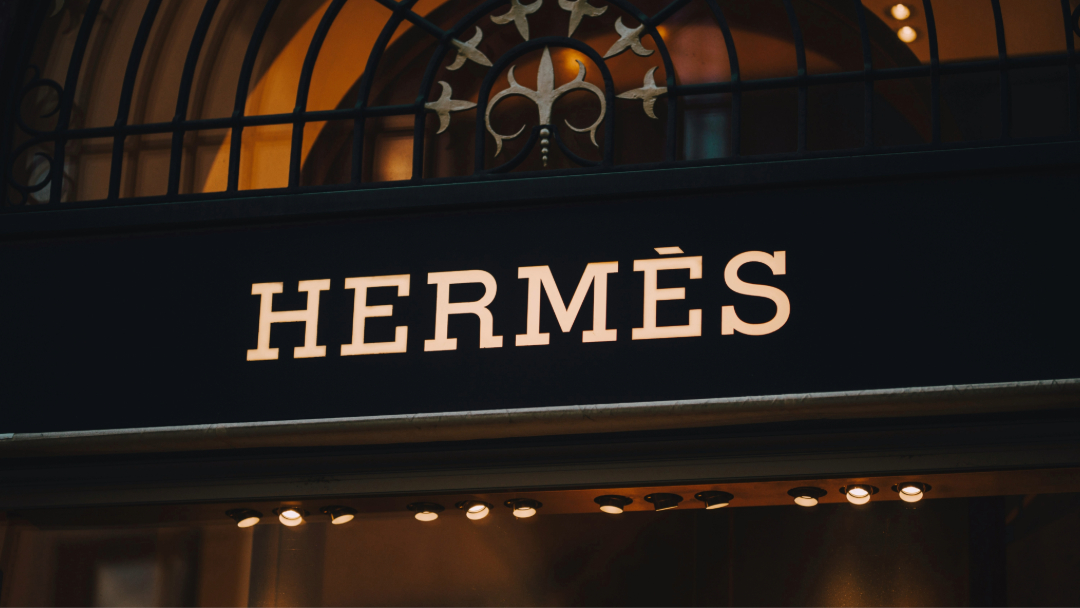China is still on course to overtake Japan as the second biggest luxury market in the world, explains Fflur Roberts, head of luxury goods at Euromonitor International

China is still on course to overtake Japan as the second biggest luxury market in the world, explains Fflur Roberts, head of luxury goods at Euromonitor International
5 Key Trends In Luxury Goods
The new data also indicate that it’s clearly a case of swings and roundabouts for the global luxury goods industry. Despite Asia’s slowing growth on the back of China’s repositioning, Japan’s luxury market is witnessing a long-awaited revival thanks to its favourable exchange rates, while income inequality is beefing up spending by the higher-income segments in smaller Southeast Asian and Sub-Saharan African countries.
Luxury sales in China increased by a real US$9.6 billion in the five years to 2014. Aside from the US, which, at number one, increased by US$18 billion, no other market came even close to that growth. However, this impressive growth fizzled out towards the end of the review period, leading many luxury brands to question their strategy for China and other emerging markets.
The emerging economies overall are going through a painful structural readjustment and, as a result, the emerging middle class – a key engine of growth for the luxury goods industry over the last decade – is losing some of its appeal. Inevitably, there will be downside implications for global luxury goods brands, but how bad will things get for the luxury industry?
“ The emerging economies overall are going through a painful structural readjustment ”
Our latest research indicates that sales in China’s luxury goods market will see it drop from third to fourth place in our global rankings for 2014 and our forecasts for China have also been revised down following a weak year of slowing economic growth teamed with the government clampdown on conspicuous consumption and luxury-gifting.
We now expect real growth to come in at 4% in 2014, with a more positive outlook of 6% for 2015. The good news for China is that the stronger external environment is supporting Chinese exports. This has already been seen in the rebound in industrial production, with real GDP growth slightly higher than expected.
While China’s rebalancing continues at a gradual pace, luxury consumption has remained strong and there are still plenty of opportunities for growth – supported by a strong labour market and income growth. We expect luxury expenditure to increase by 52% in real terms in the five years to 2019, driven by real gains in disposable income of 64% during the same time period.

China is still on course to overtake Japan as the second biggest luxury market in the world, but this shift will now be delayed until 2019 as opposed to the previous prediction of 2016. This moratorium on China’s move into second place will also be a result of Japan’s positive outlook.
Further small-scale stimulus can be expected and this could change the picture of China’s luxury market – stimulus was one of the main drivers of higher-than-expected luxury goods growth in 2014, following a disappointing 1% in the previous year. Nevertheless the heady days of 20%-plus growth appear to be over for China’s luxury market.
The dramatic changes in fortunes of particular luxury categories or countries show that broad geographic and category spread are key for sustained corporate and brand health.
As found by many luxury brands with their focus on the emerging economies and Asia Pacific in particular post-recession, with luxury consumers switching away from aspirational to more affordable luxury – putting too much emphasis on one area might have short-to-medium-term benefits, but is likely to lead to longer-term difficulties.
“ China is still on course to overtake Japan as the second biggest luxury market in the world ”
5 Key Trends In Luxury Goods
The United States remains the largest luxury goods market in the World valued at US$78 billion in 2014 – luxury spending in the U.S. is over double that of second place Japan.
India remains the fastest growing market in the world having increased its real market value by a real 92% in the last 5 years
China drops from 3rd to 4th place in the global rankings as a result if China’s slowing economic growth and the Chinese government clampdown on extravagant consumption and luxury-gifting
Designer apparel takes the lions shares of all luxury sales in 2014 but luxury accessories and luxury jewellery and timepieces were the most dynamic categories growing by a real 43% and 25% in the 5 years to 2014
The outlook for the luxury goods industry is optimistic with forecast sales set to reach US$405 billion by 2019
New data regarding the luxury goods industry, by region, brand and country, is now available on: euromonitor.com/luxury-goods.
For any further enquiries regarding the research, please contact Chourouk Gorrab of Euromontior International, [email protected]










